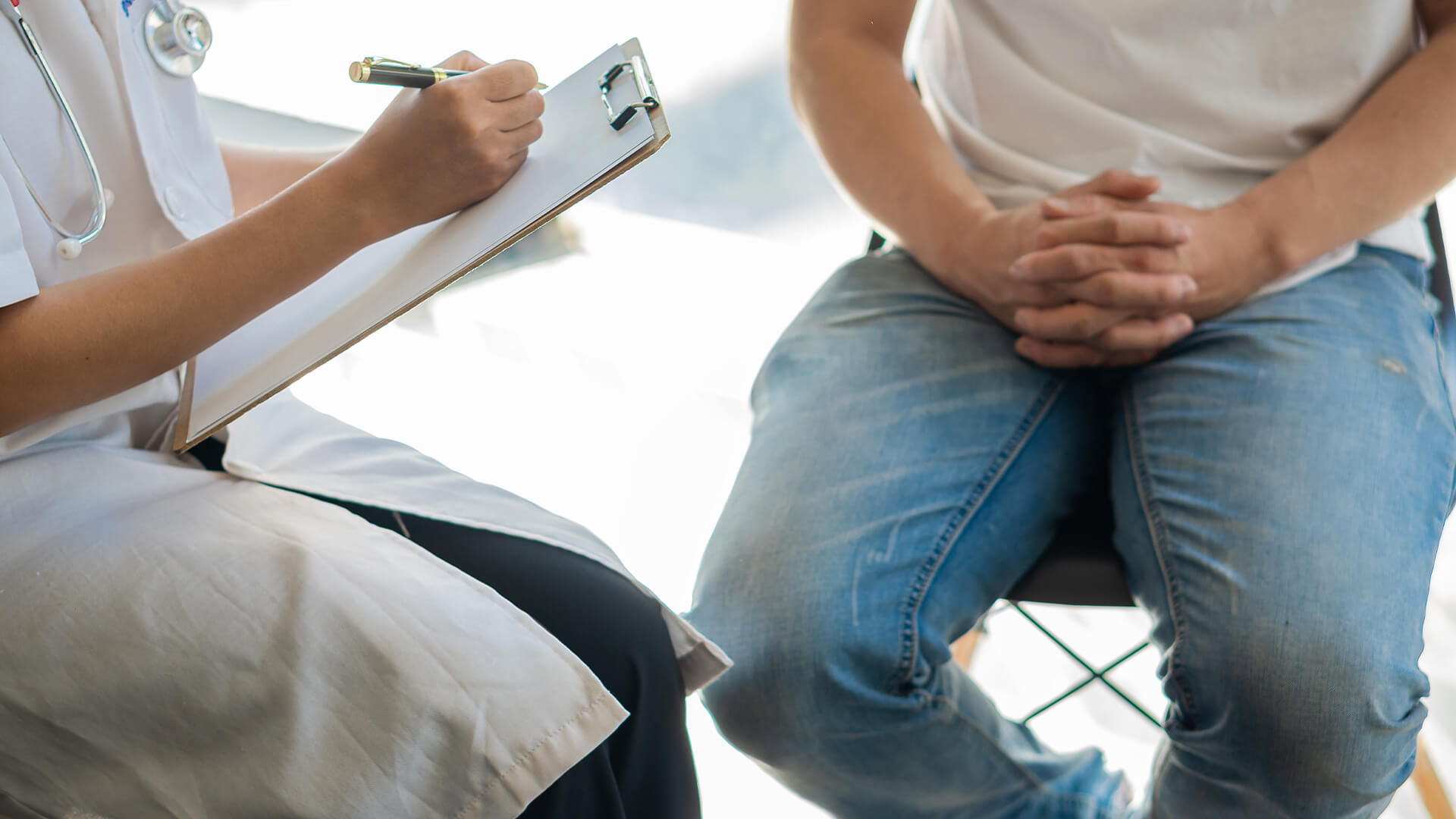
From time to time, it’s common to develop bumps and lumps around your genitals. While most of them shouldn’t be a cause for concern, sometime, these can be signs of a severe health condition, like skin cancer. It’s, therefore, essential to seek a doctor’s advice whenever you have lumps that won’t go away, even with home remedies.
As already stated, most genital lumps and bumps are harmless and might not require treatment, unless they make you uncomfortable. Nevertheless, to give you peace of mind and rule out any threatening health condition, you should seek medical help.
Harmless Genital Bumps
Pimples, mollusca, pearly penile papules, cysts, and angiomas are among harmless genital bumps.
- Pearly Penile Papules
These are small bumps that occur around a penis, with the same color as the skin around the area. The cause of pearly penile papules (PPP) is yet to be discovered. Mainly, these develop around the penis head and don’t itch or produce fluid. Their appearance resembles pimples, and might appear more prominent or disappear as one ages.
While these bumps might be harmless, you might be required to seek treatment if they make you uncomfortable. Luckily, there are several ways to remove pearly penile papules, and the doctor can help you decide on the best removal procedure for your case. PPP can also be removed at home with home remedies. For instance, this site says you can apply toothpaste on the glans to remove PPP.
- Cysts
Cysts are lumps under the skin that are yellowish in color, resembling pebbles and moving around easily. While cysts might enlarge a little, mostly, they remain the same size and cause no harm. Since cysts are usually a result of blocked hair follicles, they’re harmless and don’t require treatment.
- Mollusca
Mollusca are virus-caused genital bumps. These bumps are sexually transmitted and have the same color as the skin around the area. Mollusca are usually characterized by tiny bumps that disappear after some time. Nevertheless, in some cases, these bumps might disappear after three years. Although mollusca might not require treatment, it’s advisable to seek the doctor’s advice for a precise diagnosis. The doctor might also prescribe some medication to help the bumps disappear first. Besides, you wouldn’t want genital bumps for three years, would you?
While mollusca might be harmless or less likely to progress to skin cancer, these can indicate unprotected sex. Therefore, it’s vital for anyone with these bumps to visit a doctor to get tested for sexually transmitted diseases or infections, including HIV, chlamydia, hepatitis, HIV, or syphilis. However, besides syphilis, HIV, chlamydia, and hepatitis don’t cause genital bumps or lumps.
Individuals at risk of developing sexually transmitted infections are the ones who have multiple sexual partners and don’t practice safe sex.
- Angiomas
These bumps are small collections of blood vessels that appear bright red or purplish. These bumps don’t enlarge or breed. Since they’re harmless and don’t interfere with life’s quality, they don’t require treatment.
Harmful Bumps
Some bumps and lumps are caused by severe infections that might worsen and affect the quality of your life if left untreated. Such bumps include:
- Genital Warts
Genital warts are tiny skin-colored bumps. These bumps might go away or multiply. Genital warts are caused by human papillomavirus (HPV), a virus that also contributes to throat cancer in men and cervical cancer in women. Genital warts are contagious.
HPV is the most common infection transmitted through sex. Luckily, there’s an HPV vaccine for boys and girls who haven’t started having sexual relationships. If you think that the lumps on your genitals might be genital warts, seek treatment as soon as possible before developing a serious health condition.
- Skin Cancer
Skin cancer on one’s genitals starts as a black spot that continues enlarging. While this disease might be rare in teens, it can be possible. Unfortunately, melanoma or skin cancer spots can develop on skin that isn’t exposed to the sun. If you have the following symptoms, seek your doctor’s advice:
- A spot that’s wavy, uneven, or rigid on the borders
- If the spot changes color as time passes or is of different color than the skin around
- If the spot has a diameter that’s larger than a pencil eraser
- If the spot is elevated over the skin
Conclusion
Lumps and bumps on the body might not indicate severe health conditions. However, they must be checked to determine if they’re signs of severe health conditions. Don’t hesitate to visit your trusted physician for accurate diagnosis and the best solutions.



















